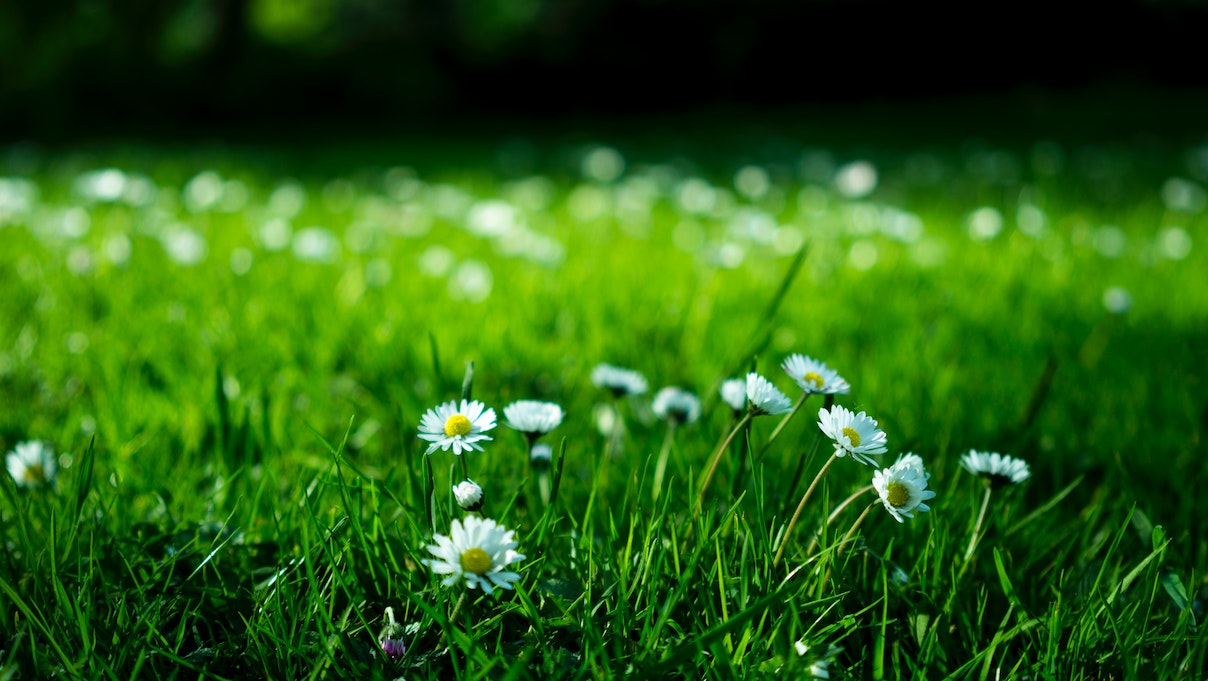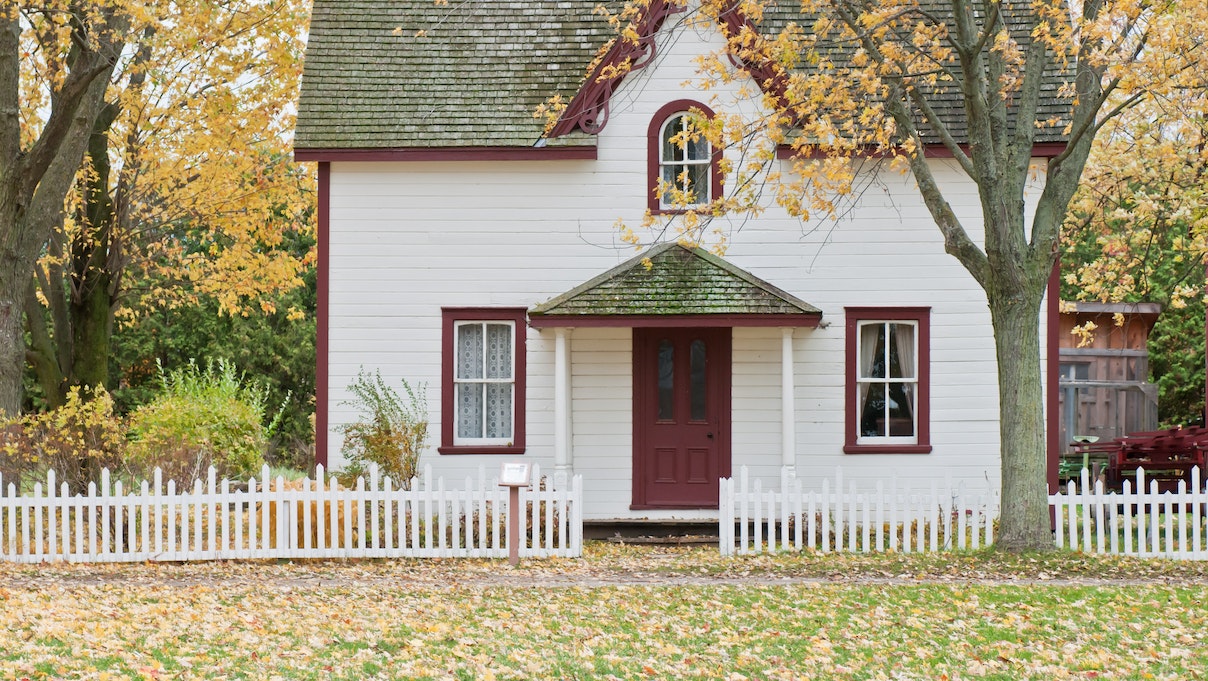One of the most attractive and practical plants in nature is grass. It spreads globally and gives animals insulation, food, and a place to live. Although it’s possible that you’ve heard that you can grow grass indoors, this is a myth. While you can grow grass indoors, it requires artificial sunlight or a greenhouse because it thrives in the sun. This article will demonstrate how to grow grass in your backyard, how to maintain it for optimal performance, and how to keep it healthy.
Choosing your grass type
Finding the grass variety that best suits your region’s climate is crucial for healthy grass growth. This essential phase is essential for obtaining ideal growth and avoiding quick expansion that is followed by failure. Depending on your particular requirements, you can select a warm-season grass, a cool-season grass, or a transitional grass species. Therefore, choosing the best grass for your area is crucial if you want to achieve success over the long term.
Types of grass
Cool season grass
Some cool-season grasses that have a fast growth rate are:
- Tall fescue: This type of grass typically takes 10 to 14 days to germinate.
- Kentucky bluegrass: This grass usually germinates within two to four weeks.
- Annual and perennial ryegrass: Both of these varieties have a germination time of only 7 to 10 days.
Warm season grass
The warm-season grasses that expand most rapidly are:
- Buffalo grass: This type of grass typically germinates in two to four weeks.Â
- Bermuda grass: Bermuda grass germinates in just 7 to 10 days.Â
- Centipede grass: This variety of grass typically germinates in two to three weeks
How to plant grass seed
Step 1: Test soil in advance to ensure that the soil has appropriate drainage and nutrients for optimal grass growth. An article on how to test soil pH can be a helpful guide for this step.
Step 2: Soil must be properly prepared by removing any debris like wood or stones, pulling out roots with a spade, and tilling the soil with a hand tool or rototiller before adding any amendments, mulch, or compost. The area should be smoothed out and any clumps broken up.

Step 3: To make sure that the seeds grow uniformly, use a spreader. A hand spreader should be utilized for smaller areas while a drop spreader or broadcast spreader should be used for bigger ones. For uniformity, fill the spreader with half the necessary quantity of seeds and cross it in two directions.
Step 4: Remember to cover the soil. Spread peat moss over the soil to keep the moisture in and shield the seeds from birds and heavy rain.
Step 5: Apply fertilizer in this step. The dirt should be lightly fertilized before being covered and compacted. It’s crucial to use a beginning fertilizer with little nitrogen because too much nitrogen can promote weed growth and hinder plant growth.
Step 6: Make sure to water your yard adequately. Watering a lawn once or twice a week is insufficient at first for newly sown lawns because they require a lot of moisture for seed germination. Use a sprinkler twice daily for 5 to 10 minutes on a low setting for the first week, or spritz the area sparingly. When the grass is tall enough to be cut, water it 1 to 1.5 inches deep to keep the soil moist without flooding it. Before 10 a.m. or between 4 and 6 p.m., water your lawn.
Step 7: Mow your lawn. When the grass is between three and four inches tall, the first mowing should be performed. Visit for more details on how to properly mow your grass.
FAQs
How do I quickly grow grass?
Choose a species of fast-growing grass that is appropriate for your location, plant it correctly, and care for it as directed if you want grass to grow quickly. As an alternative, sod can be bought if you want a lawn right away.
What kinds of grass seeds germinate the quickest?
The warm-season grass with the fastest rate of development is Bermuda grass, which can germinate in as little as ten days. On the other hand, ryegrass germinates quickly and grows well in cooler climates.
Is it possible to spread too much grass seed?
Yes, because plants need enough room to grow, you can spread too much seed too close together. The seedlings shouldn’t be in competition with one another for scarce nutrients, water, and sunlight.




